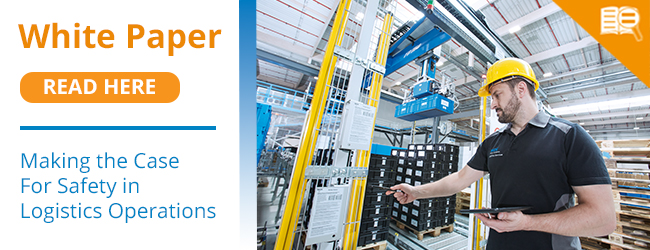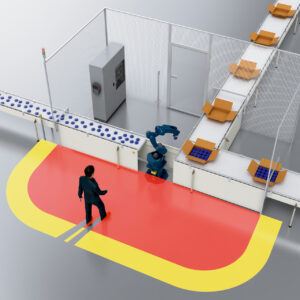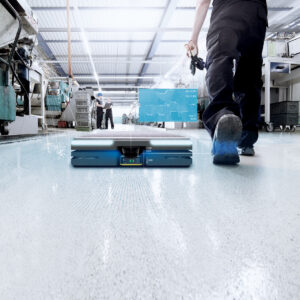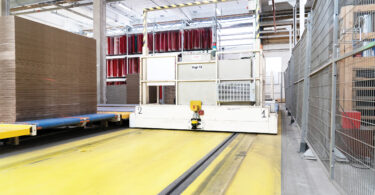How advanced sensor solutions help warehouse and distribution center operators improve safety, efficiency, and throughput while also making transport tasks safer, quicker, and more transparent.
SICK’s wide range of sensor applications offer the safety needed in today’s logistics settings. This is especially important during a pandemic world, where distribution centers (DCs) are expected to churn out throughput at unprecedented rates—and with a labor shortage, no less, begging the question of how to keep productivity high while maintaining worker safety. But with sensor solutions integrated into your logistics operations, humans and robots can work together safely, helping reduce cost and increase efficiency.
So how exactly does this play out? Well, for one thing, humans are still a valued part of the work environment, even as the production floor becomes more automated. And with high employee turnover, it is crucial companies offer a work environment their employees want to come to every day. If employees feel safe at work, this is more likely to happen.
If a safety laser scanner, like SICK’s microScan3 or nanoScan3, for example, is mounted on robots and AMRs, the scanner helps the mobile platform protect humans from hazardous areas and access points. It does so by establishing warning fields, emitting warnings when someone or something enters those fields, and slowing or stopping the mobile platform.
For a deeper dive into the importance of safety in logistics, download the Making the Case to see how companies are moving toward two goals: 1) adopt automated equipment and platforms, and 2) more thoughtfully integrate those platforms with their valued, human workforces. This report also covers:
- A Bright Spotlight on Logistics Safety
- Making Logistics Safer, Faster, and more Transparent
- Smart Sensors in Action for Busy Logistics Operations
- Safer Automated Logistics Operations
- The Time to Implement Safety: As soon as possible
![]() Download the full Making the Case report today to see how sensor technology is the modern answer to the age-old question of how to keep workers safe, secure, and productive in the industrial environment.
Download the full Making the Case report today to see how sensor technology is the modern answer to the age-old question of how to keep workers safe, secure, and productive in the industrial environment.








